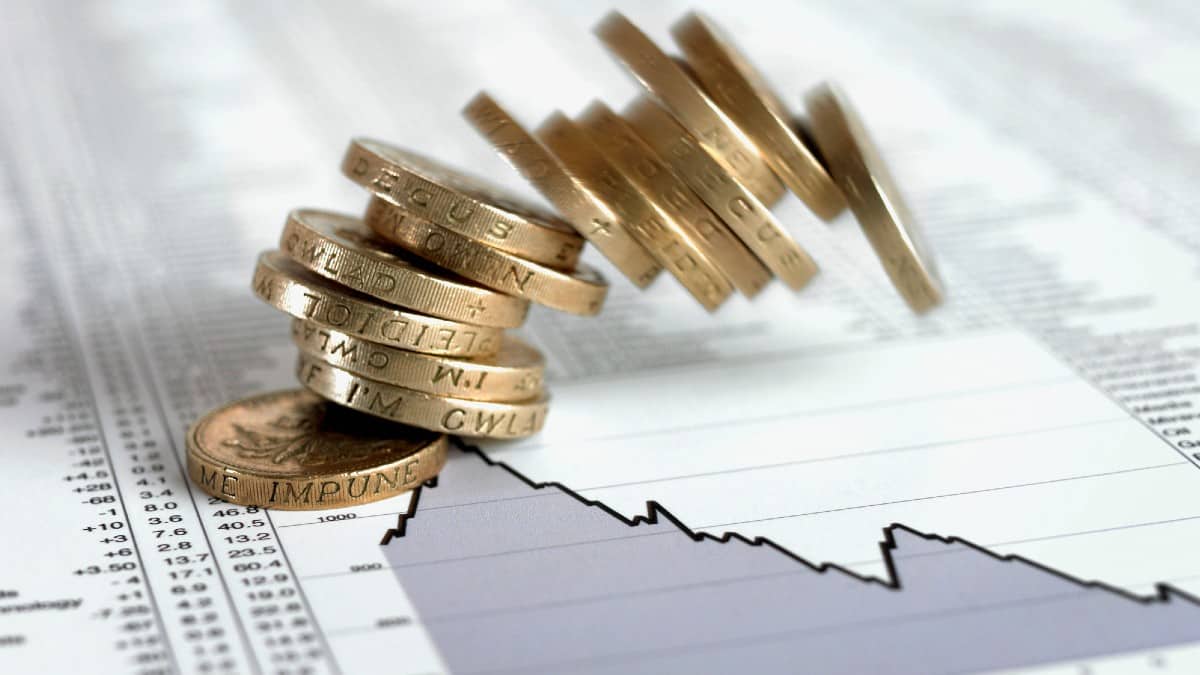In 2008, the global financial crisis swept through the world. Stocks from New York to London lost a lot of ground throughout the year.
Lloyds Banking Group (LSE:LLOY) shares, along with other banking stocks, took the brunt of the punishment. Yet if I’d managed to snap up some Lloyds shares during all of the carnage, what would they be worth now?
Buying on the way down
It’s hard to pick an exact date for when the crisis started and finished, as it was a longer period of uncertainty than other market crashes (like the Covid-19 one). Let’s say I assume I bought Lloyds shares at the very end of 2008. This would have been at a price of 62p.
It’s worth noting that at the start of 2008 the share price was 237p!
For those wondering, I’m not simply cherry picking the lowest price over the crisis. The stock actually traded down below 17p in early 2009. Yet it’s highly unlikely I’d have perfectly picked the bottom of the market.
The current share price is 42p, meaning that based on the pure value of the £1k, I’d be down by 32%. This would equate to £680.
Points to remember
The unrealised loss on the investment over such a long holding period might surprise some people. However, there are several points to flag up.
Over the period since 2009, there would have been many opportunities when I could have sold for a healthy profit.
Another point to note is the dividend payments over the years. Even though the dividend was cut just after the financial crisis and for a time during the pandemic, it has paid out income for many years in between. Since the pandemic, the dividend per share figure has been increasing in line with profits.
So this added dividend yield should be factored in when considering the overall performance.
Finally, the current price could be argued to be undervalued anyway. With a price-to-earnings (P/E) ratio of 5.82, a price of 42p might not be a fair value. I use a benchmark of 10 for a fair P/E ratio. If the stock increases in value to that level, it would be a better barometer to compare.
Thinking ahead
Lloyds in 2023 is a vastly different bank to Lloyds in 2009. It’s a smaller, more streamlined operation that has a plan of pushing more towards digital banking. I think this is a smart move. The firm also has positive momentum from rising interest rates, boosting the net interest income. For those reasons, I believe the stock could rally over the next year.
Even though I don’t expect it to reach 62p within this time period, continued higher profits and dividend payments should keep investors interested.








